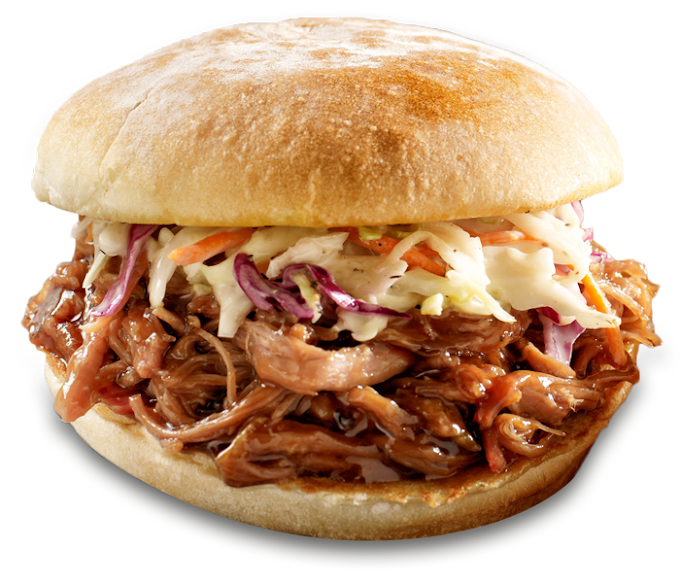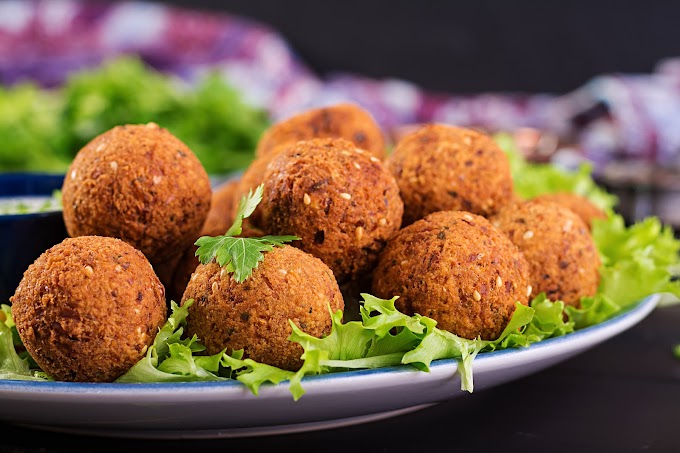Pad Thai: A Classic Thai Dish with History, Flavor, and Health Benefits
Introduction:
Pad Thai is a popular stir-fried noodle dish from Thailand, known for its unique blend of flavors and textures. In this blog post, we will delve into the history and cultural significance of Pad Thai, its taste, and its health benefits. We will also provide a step-by-step guide on how to make Pad Thai at home, and explore its beneficial and adverse effects on the body.
History of Pad Thai:
Pad Thai was first introduced in the 1930s during a period of nationalistic reforms in Thailand. The dish was created to promote the use of local ingredients and to foster a sense of national identity. Its popularity grew during World War II when rice noodles became more widely available due to rice shortages. Today, Pad Thai is a staple in Thai cuisine and has gained popularity worldwide.
Pad Thai is a perfect blend of sweet, sour, salty, and spicy flavors, with a combination of soft and crunchy textures. It typically includes rice noodles, vegetables, peanuts, protein (usually shrimp or chicken), and a flavorful sauce made with tamarind paste, fish sauce, palm sugar, and chili flakes.
How to Make Pad Thai at Home:
To make Pad Thai at home, you will need the following ingredients:
- 8 oz rice noodles
- 2 tbsp vegetable oil
- 2 garlic cloves, minced
- 1 shallot, chopped
- 8 oz shrimp or chicken, cooked
- 2 eggs, beaten
- 1 cup bean sprouts
- 1/2 cup chopped peanuts
- 2 green onions, chopped
- 2 tbsp fish sauce
- 2 tbsp tamarind paste
- 1 tbsp palm sugar
- 1/2 tsp chili flakes
- Soak rice noodles in hot water for 15-20 minutes, then drain and set aside.
- Heat vegetable oil in a wok or large skillet over medium-high heat. Add garlic and shallot, and stir-fry for 30 seconds.
- Add cooked shrimp or chicken, and stir-fry for 1-2 minutes.
- Push the protein to one side of the wok, add beaten eggs to the other side, and scramble until cooked.
- Add noodles, bean sprouts, peanuts, and green onions, and stir-fry for 1-2 minutes.
- In a separate bowl, mix together fish sauce, tamarind paste, palm sugar, and chili flakes. Add the mixture to the wok, and stir-fry for another minute.
- Serve hot, garnished with additional chopped peanuts and green onions.









